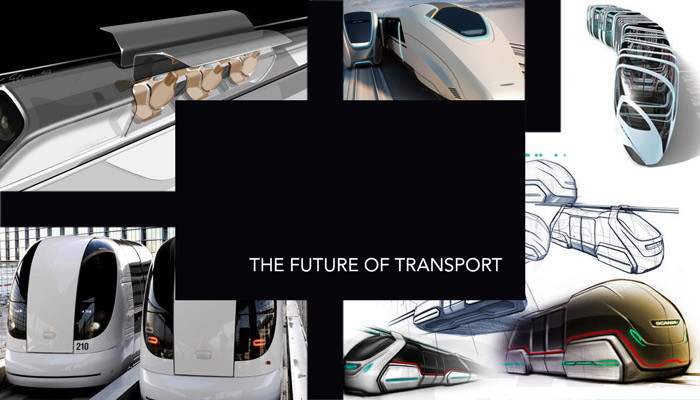· software engineering · 3 min read
Microservices vs the Monolith
Different scenarios demand different architecture

TLDR; Google, AWS and many other corporations love microservices; but that doesn’t mean they are the best choice for two guys in a basement.
The story so far
Once upon a time, every app was one big pile of code. That got messy over time. So, now we split apps into small independent pieces called (micro)services.
It just makes sense, right? Instead of one big pot of spaghetti, we have 20 neat dishes. It’s far easier to trace where each spaghetti goes.
There is just one problem: These dishes must talk to each other. We need more pasta to connect a dish to a dish and these are the fat macaroni - the slow, over-the-network pasta variant. Macaroni in the wrong place = a performance disaster.
In other words - plenty of people jumped on microservices, because they were told from every direction1 that it’s just the better modern way… and got burned. Then came a few voices2 praising the monolith. Before we jump back - let’s compare:
Monolith cons
- As the codebase grows, it can be hard to grasp it, especially for a new teammate.
- Merging will become painful when the team grows over a certain size (that size can be anywhere from 4 to 20, depending on how easy it is to parallelise work).
- One bug can bring down the entire app.
- One performance issue can slow down the entire app.
- The app is bigger so instances will take longer to spin up and consume more resources.
- Parts of the app cannot be independently scaled.
- It may not be possible to introduce a new framework or language for part of the app.
Microservice cons
- Performance suffers when one service needs to await another.
- Sharing code across services requires more complexity (shared library etc.)
- It can be hard to grasp how a feature works when it needs to be traced across multiple services.
- More stuff to deploy.
- More stuff to monitor.
- More complex dev environment.
- Communication between services requires more complexity (i.e. the Event Bus or authentication).
- It’s harder to make changes that span across services and deploy without downtime.
- Service-oriented architecture is more complex to design.
IMHO, the best architecture for a given app is such that minimises the cons. It can evolve over time as the team and the app grows and priorities shift. Here are some thoughts on how to minimise the cons:
Split wisely
A ‘microservice’ implies something really small. Something that you split when it reaches a certain size. Don’t ever do that!
I have seen an app where every feature with a name was in its own microservice. It was a complete disaster - ridiculously complex and unbelievably slow. This well-meant fiasco came around as the architect read a book on microservices. To avoid this I much prefer dropping the ‘micro’ and just calling things ‘a service’. You should be very careful about making something a separate service. It’s all too easy to end up with a chain of services calling each other - killing performance.
A self-contained functionality is a candidate for a service. For example:
- authentication
- checkout
- billing
- a critical feature
- a compute-intensive feature
It will most likely be harmful to split any of these further.
Building an MVP
A monolith is very compelling when the team is small, when it’s not clear what the product will be, and the deadline is yesterday. This might mean a painful rewrite in future - but that is a much better outcome than having no product. And, it is generally easier to split a monolith, than reshuffle services.
Footnotes
-
See Building Microservices, Microservice Patterns and many other books ↩
-
DHH was not afraid to go against almost everyone, defending the monolith and he continues to do so. ↩


